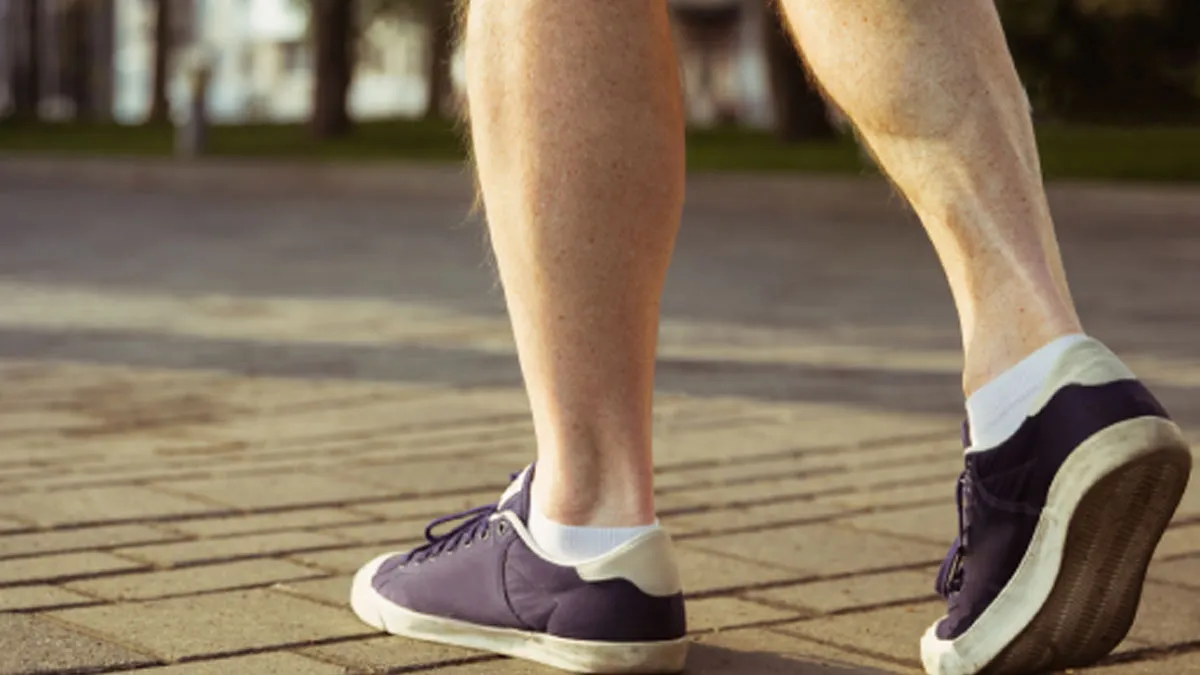
The 6-Minute Walk Test (6MWT) is a practical and simple clinical exercise test used to assess aerobic capacity and endurance. It measures the distance a person can walk on a flat, hard surface in six minutes. This test is commonly used by doctors to evaluate the functional status of patients with various conditions, particularly those with cardiovascular, pulmonary, and chronic diseases.
We reached out to our experts, Dr Aparna Santhanam (MD, DNB) and Dr S. A. Rehman, General Physician at Noida International Institute of Medical Sciences College & Hospital, NIIMS to understand the dynamics of the 6-minute walk test and here’s what we got.
“The 6MWT primarily evaluates submaximal exercise capacity. It is particularly useful in reflecting a patient’s ability to perform daily physical activities. It serves as an indicator of general health, functional limitations, and response to treatment in chronic disease management,” said Dr Santhanam.
"The six-minute walk test is not just about distance; it reflects a patient's ability to perform daily activities. It can guide treatment plans and monitor progress over time, making it a vital tool in both clinical and rehabilitation settings," said Dr Rehman.

Credits: The New York Times
"During the test, individuals are asked to walk as far as possible in six minutes, providing valuable insights into their cardiovascular and pulmonary health. It’s particularly useful for patients with chronic conditions, as it helps gauge their endurance and overall fitness level," said Dr Rehman.
30-meter corridor, marked at every meter. The patient is instructed to walk as far as possible for 6 minutes without running or jogging.
Record heart rate (HR), blood pressure (BP), oxygen saturation (SpO2), and Borg scale (perceived exertion).
Monitor for signs of fatigue, dyspnea, or adverse events (e.g., severe desaturation, angina).
Reassess vital signs, document distance walked, and record any symptoms like chest pain or severe dyspnea.
Don't Miss: How Running 10,000 Steps A Day Can Boost Your Well-Being, Expert Weighs In

Credits: Pittsburgh Earth Day
“The test requires minimal equipment and can be performed in a wide range of settings, including hospitals, clinics, or rehabilitation centers,” said Dr Santhanam.
Compared to other exercise tests, such as treadmill or cycle ergometer tests, the 6MWT is more economical.
It can be used across a variety of patient populations, including those who are elderly, frail, or have disabilities.
“It correlates well with functional outcomes, quality of life, and mortality risks, especially in patients with heart failure, chronic obstructive pulmonary disease (COPD), and pulmonary hypertension,” said Dr Santhanam.
The test correlates well with activities of daily living (ADLs), providing insight into how a patient functions in the real world, especially for heart failure and COPD patients.
“Shorter walking distances are linked to higher mortality in diseases like heart failure, pulmonary hypertension, and interstitial lung disease,” said Dr Santhanam.
Don't Miss: Surprising Health Benefits Of Walking Barefoot On Grass
For more such stores, stay tuned to HerZindagi.
Also watch this video
Herzindagi video
Our aim is to provide accurate, safe and expert verified information through our articles and social media handles. The remedies, advice and tips mentioned here are for general information only. Please consult your expert before trying any kind of health, beauty, life hacks or astrology related tips. For any feedback or complaint, contact us at compliant_gro@jagrannewmedia.com.